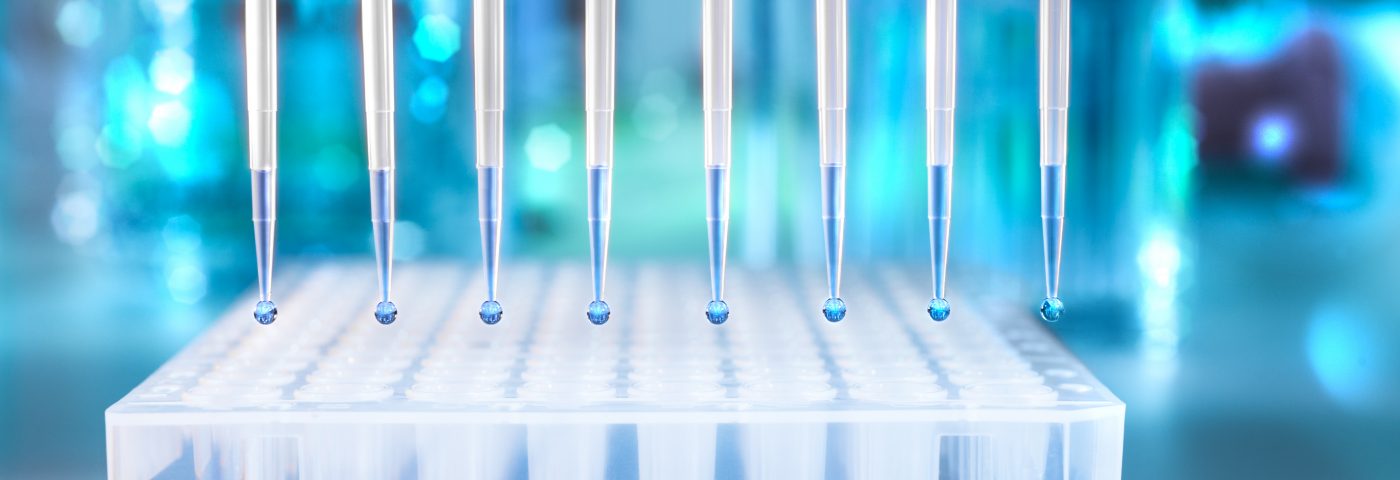BioNTech Diagnostics reports that data supporting the superiority of a device called the MammaTyper in classifying newly diagnosed invasive breast cancer has been confirmed by a recently published study.
The study, “Biological subtyping of early breast cancer: a study comparing RT-qPCR with immunohistochemistry,” published in the journal Breast Cancer Research and Treatment, compared the device, building on analyses of mRNA, with current practices allowing trained pathologists to analyze tumor tissue samples under the microscope.
Knowledge of how levels of various proteins expressed in breast cancer tissue correlate with such concerns as response to treatment and prognosis has allowed scientists to segregate breast cancer into several distinct subtypes, in what is known as the St. Gallen classification.
According to this system, tumors can be classified into five types referred to as luminal A-like, luminal B-like (HER2 negative), luminal B-like (HER2 positive), HER2 positive (non-luminal) and triple negative (ductal) tumors.
Traditionally, the work to detect and quantify the levels of the protein markers characterizing a tumor’s subtype has been the job of a trained pathologist, analyzing tissue samples under the microscope. But such analysis can often be imprecise, leading to suboptimal care for cancer patients.
The Mammatyper builds on an established technique to quantify the levels of messenger RNA, acting as an intermediate step between gene and protein. BioNTech has refined the method to specifically identify messenger RNA from the breast cancer proteins HER2, ER, PR, and MKI67.
The validation study, using breast cancer tissue samples from 769 women enrolled in the FinHer trial, comparing the drugs vinorelbine, docetaxel, and trastuzumab as add-on treatments in patients with a high risk of cancer recurrence, allowed both pathologists and the Mammatyper analyze tissues under different conditions — varying the laboratory site, content of tumor cells in the sample, and method of RNA isolation and preparation.
Results showed that the Mammatyper was more precise in classifying tumor types than protein detection by microscopy. The team discovered that patients treated with the combination of docetaxel and chemotherapy, in which the tumor had been classified as luminal B subtype based on RNA analysis, had better outcomes than patients treated with the drug vinorelbine and chemotherapy.
Such differences could not be detected when the tumors were classified using the older method, suggesting that the classification was more arbitrary. Also, other analyses confirmed that RNA analysis with Mammatyper produced more robust results.
“Once again the MammaTyper test kit has been proven as an unambiguous technical advance in breast cancer subtyping,” Dr. Sierk Poetting, managing director at BioNTech Diagnostics, said in a news release.
“This means that the results with the MammaTyper test kit are stable, even between different sites and under varying conditions. Thus, MammaTyper allows standardized, precise and reproducible breast cancer subtyping,” Dr. Poetting concluded.

